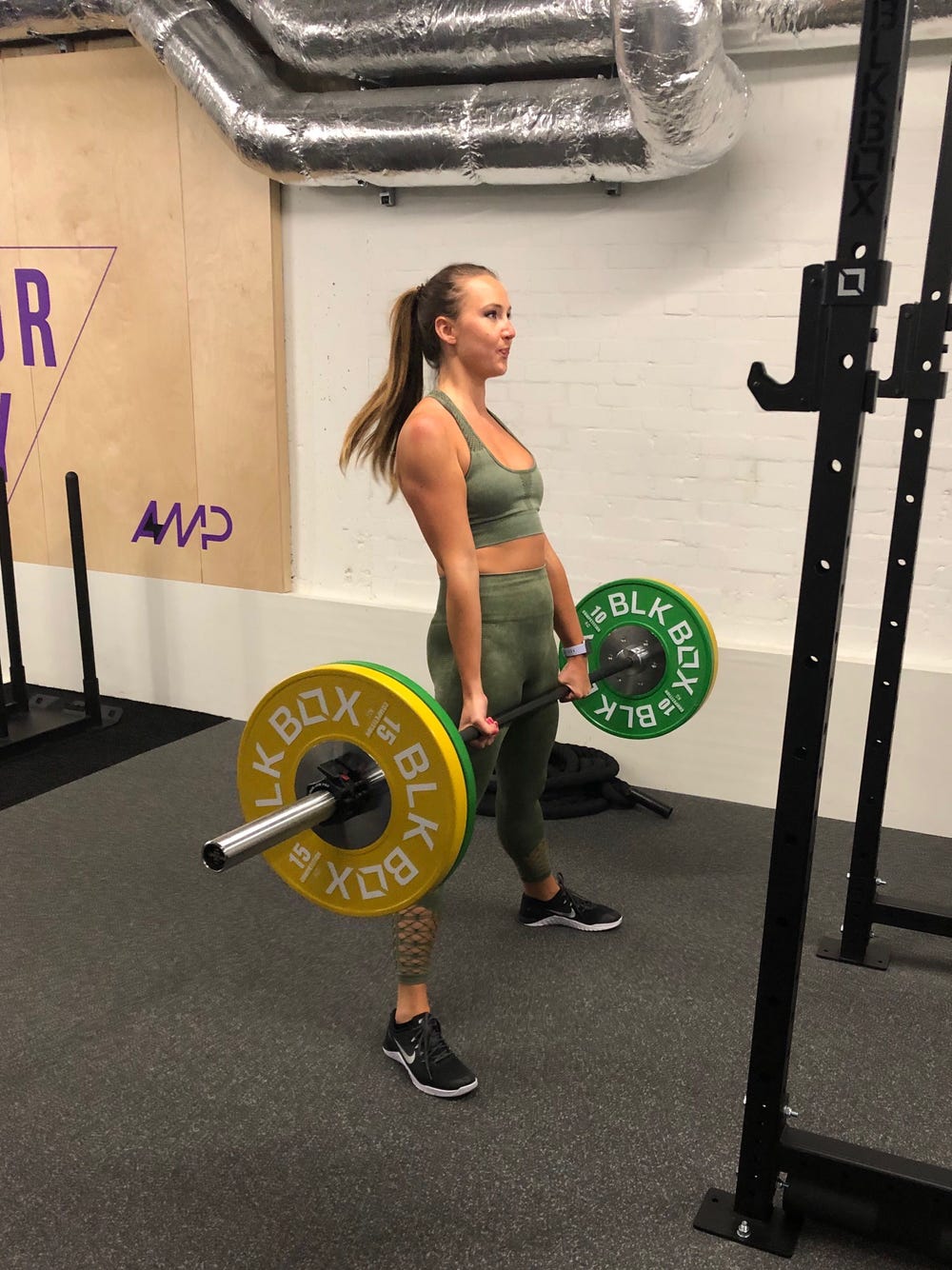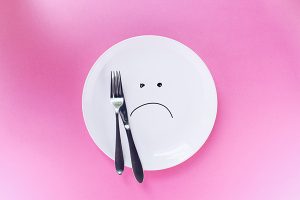
Participation control is essential to any successful weight-loss plan. It helps you set boundaries when you indulge in food. Here are a few tips on portion control. These are great tips for portion control.
Serving size card
It's time for a serving size chart if you are trying to lose weight, but finding it hard to figure out how much you should eat. The National Heart, Lung, and Blood Institute provides a free, printable, and easy-to-use serving size chart that will help you calculate the portion of any common food group. The card displays the serving size of all common food groups including whole grains, sugars, fats.

Portion control plates
These portion control plates can be a great way of controlling your portions and maintaining a healthy weight. They can help people with diabetes stick to their meal plans and lose weight. They can also help people suffering from diabetes and high blood pressure to maintain healthy weight. You can lose weight and eat healthier with these portion control plates. They are inexpensive and can help you maintain a healthy lifestyle.
Calorie goal calculator
A calorie goal calculator is a helpful tool to determine how much food you need to consume daily to achieve and maintain your desired weight. This tool will factor in various factors like age, height, sex, and activity level to provide a personalized recommendation for how many calories you should consume in a day. For the best results, it is a good idea to consult a trained professional.
Restaurant portion size
Researchers found strong evidence linking restaurant portion sizes to weight gain, despite conflicting opinions. An overall increase in energy intake was associated with an increase in the size of restaurant portions and obesity. These effects remain even though consumers might not realize the connection. The Dietary Guidelines Advisory Committee DGAC concluded that there is strong evidence to support a relationship between increased portion sizes and increased bodyweight in 2010.
Making smaller meals
In addition to eating fewer portions of food, making smaller meals is an effective way to increase awareness of what you're eating. Many people find that tracking how much food they eat and how hungry they feel is a great way to lose weight. This is due to the fact that we are more inclined to avoid eating large amounts of food. A food log can help you track what you eat and adjust your diet accordingly. Making smaller meals for weight loss isn't as hard as you may think, and there are plenty of practical methods for losing weight. Below are some easy tips that will help you cut down on portions and increase your satisfaction with food.

Reduced food cravings
Increase your activity can reduce your food cravings. Maintaining your weight loss goals can be achieved by getting active and eating healthier. Walking 5 minutes before lunch reduced cravings by as much as 20 percent. You can increase your activity and reduce your cravings for unhealthy food by distracting your brain. A higher intake of protein and reduced consumption of processed food can help to lose weight and make you feel less hungry.
FAQ
What foods can I eat to lose weight quicker?
Consuming fewer calories is a great way to lose weight quickly. You have two options:
-
Reduce the number of calories you take in daily.
-
Through physical activity, you can increase the amount of calories that you burn.
It's easy to reduce how many calories you consume. There are calorie-laden fast food options all around us. Here's a list to help you shed those extra kilos.
-
Beans are high on fiber and protein. Beans are low in fat and therefore a great choice for those who are trying to cut down on their caloric intake.
-
Oatmeal contains low calories and high amounts of nutrients like magnesium, potassium, and other nutrients. Oatmeal also contains less sugar that other cereals.
-
Eggs are high in cholesterol and protein. Eaten eggs one or two times a week can help boost metabolism and allow you to burn more calories.
-
Whole grain bread has been shown to reduce hunger pangs so that you may feel fuller longer.
-
Dark chocolate is loaded with antioxidants and flavonoids, substances that have been linked to lower blood pressure and improved heart health.
-
Cottage cheese is full of calcium, which helps build strong bones. Cottage cheese is also high in calcium, which aids in bone strength.
-
Omega-3 fatty Acids are a key component of salmon. They promote brain development, and improve cardiovascular function.
-
Green tea is chock-full with catechins. These compounds fight cancer and boost metabolism.
-
Broccoli, a rich source of folic acid, is great for lowering homocysteine levels. High homocysteine levels have been associated with an increased risk of stroke and heart disease.
-
Yogurt is an excellent way to include probiotics in your diet without adding sugars. Probiotics are important for your digestive health.
-
Berries make a great snack and are very nutritious. All of these are excellent sources for vitamins and minerals, including blueberries, strawberries and blackberries as well as raspberries and cranberries.
-
Avocados are packed with healthy fats. A half avocado provides 80 calories with plenty of fiber, potassium, and filling fiber.
-
Nuts make a delicious snack and are also a good source of protein. Nuts include cashews (almonds), hazelnuts (pecans), walnuts, walnuts, and pistachios.
-
Sweet potatoes are another starchy vegetables that are high in beta carotene. They make your skin glow. Because they have higher levels of beta carotene, the orange sweet potatoes are more beneficial than regular sweet potatoes.
How much weight can you lose in one week?
Your current bodyfat percentage determines the amount of weight you will be able to lose. First, calculate how much weight your goal weight is and then determine what your BMI (Body Mass Index). Your BMI is a measure of how much weight you need to lose. If your BMI is 25 or greater, you're overweight. If your BMI exceeds 30, you may be obese.
Your BMI is calculated at 28.7 if your weight is 200. This would mean that you'd have to lose about 70 pounds in order to reach a healthy weight. To see if you're overweight, visit www.healthyminds.com/bmi/.
Once you know your BMI, this formula will allow you to determine how many pounds per week you'll be able to lose.
(Your Goal Weight - Current Weight)/BMI * 7 Number Of Pounds Lost Per Week
To lose 50lbs in a month you will need 2 weeks worth of exercise. This equals 56 days. Then, divide that by 7 pound per day. This equates to an average of 8.3lbs per week.
You could also try this calculator from www.weightlosscalculator.net. It will provide an approximate amount of calories that you would need daily to lose one pound per month.
Is it possible to eat fruits while intermittent fasting?
The health benefits of fruits are numerous. They provide vitamins, minerals, fiber, antioxidants, and other nutrients. They also contain sugar, which can lead to blood glucose levels rising. This can lead both to insulin resistance and weight loss. You can lose weight by following an IF diet. Make sure to eat low glycemic fruits like apples, pears and berries.
How to Make an Exercise Plan?
It is important to establish a routine. It is important to plan what you will do each morning and how much time you will be doing it. This helps you plan ahead, and it will also help you avoid procrastination.
You should also ensure you have plenty to choose from when working out. You don't want to become bored with exercise because then you won't stick with it.
You also need to keep track of your progress. It's crucial to track your weight changes over time.
It is easy to lose motivation after you have lost weight. If you gain excessive weight, it can be difficult to remain motivated.
You should find a balance between weight gain and weight loss. If you are unhappy about where you are, it will make you less likely to exercise.
What's the difference between intermittent fasting versus calorie restriction
Calorie restriction means eating less calories than your body requires. Intermittentfasting is different as it doesn’t require you to restrict your calories. Instead, the emphasis is on eating fewer calories each day.
Intermittent fasting allows you to indulge in foods that you love while feeling guilt-free.
Both methods have their advantages and disadvantages. Decide which one you prefer.
Statistics
- According to Harvard Health, it's estimated that a 155-pound (70-kg) person burns around 167 calories per 30 minutes of walking at a moderate pace of 4 mph (6.4 km/h) (5). (healthline.com)
- Another study found that 24 weeks of weight training led to a 9% increase in metabolic rate among men, which equated to burning approximately 140 more calories per day. (healthline.com)
- According to a study sponsored by the American Council on Exercise, a person weighing around 140 pounds (64 kg) would burn 108 calories at a 30-minute beginner's Pilates class or 168 calories at an advanced class of the same duration (26). (healthline.com)
- One 6-month study showed that simply doing 11 minutes of strength-based exercises 3 times per week resulted in a 7.4% increase in metabolic rate, on average. (healthline.com)
External Links
How To
How do I lose belly fat fast?
You must know that losing belly fat is not easy. It takes hard work. These tips will help you achieve your goals.
-
Eat Healthy Food. Eating healthy food is very important. Ensure that you eat foods like fruits, vegetables, whole grains, lean protein, low-fat dairy products, nuts, seeds, beans, legumes, fish, poultry, eggs, olive oil, low-sugar fruits and vegetables, and stay away from junk food.
-
Drink Water. Water keeps you hydrated and makes you feel fuller for longer periods. So drink plenty of water every day.
-
Cardio Exercises. Cardio exercises help to burn more calories, build muscle mass, and improve your cardiovascular health. Cardio exercises can also increase your heart health, and speed up metabolism. Every day, do 30 minutes of cardio exercise.
-
Get enough sleep. A vital part of maintaining good health is sleep. Anxiety and stress can lead to unhealthy habits, such as smoking and eating too much.
-
Reduce Stress. Stress can affect our brain chemistry. Cortisol, a hormone which increases hunger pangs as well as cravings to eat high-calorie foods, is released when we're stressed.
-
Take Regular Breaks. Regular breaks are important throughout the day. Go outside and walk around or take a short nap. This allows your mind and body to relax and allow you to recover.
-
Avoid Alcohol Consumption. Alcohol has empty calories, and can slow down digestion. Alcohol should be avoided if you're looking to lose belly-fat.
-
Have fun